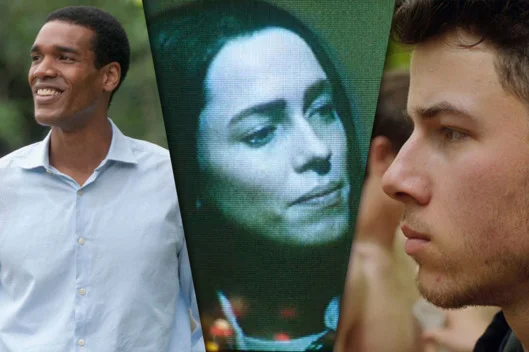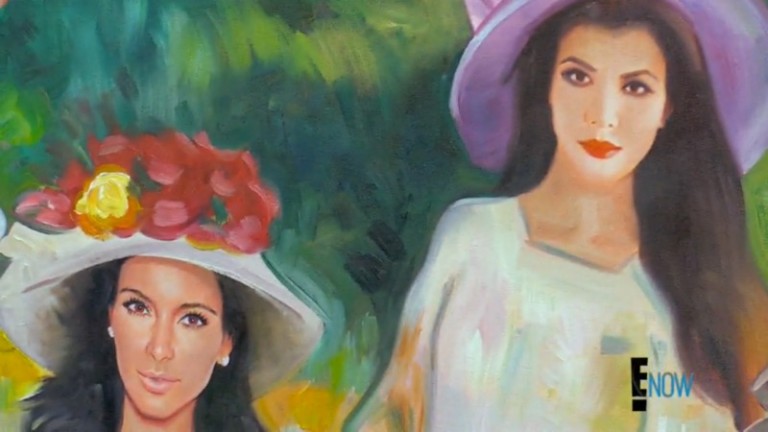The semester is well underway and it always seems like a million deadlines appear in the first few weeks of every term. The past seven days have been a blur of editing, teaching, prepping, grant writing, and attending many many meetings. I also have some exciting projects and events that I have been working on (both on my own and in collaboration) that I am looking forward to sharing when the time comes. Still, I have been enjoying the process of settling into my courses and getting to know my students. Part of this week's media round up includes a podcast that I have been obsessed with. If you guessed Serial, you are close. It is in fact the Slate Serial Spoiler Special that reviews and discusses each episode of the popular podcast after it airs. I truly enjoy listening to the commentators unpack all that is good and not so good about Serial. Another pick I want to draw your attention to is the long article on Steve Jobs published by the New York Review of Books this month. Having read the Jobs bio by Walter Isaacson last summer and experienced Sorkin's screenplay in the Danny Boyle movie a few months ago, it was great to see an in depth review of the many recent treatments of Jobs' life and legacy. Enjoy your week and happy linking!










List of links (for quicker linking):
- Bushwick Artist Will Sit Naked on a Toilet for 2 Days to Protest Bullshit in the Art World
- Ken Lum on Canada vs. the USA
- The Real Legacy of Steve Jobs
- ‘Vinyl,’ Backed by Martin Scorsese and Mick Jagger, Looks at 1970s Rock
- A Show of Over 100 Women Artists Offers Redress but No Resolution
- The Best New Videogames Are All About … Videogames
- The 15 Most Anticipated Movies of Sundance 2016
- The Automation Paradox
- Slate Spoiler Special, Making A Murderer Season 2, Episode 5 PODCAST
- NYT Book Review "Dark Money" PODCAST















